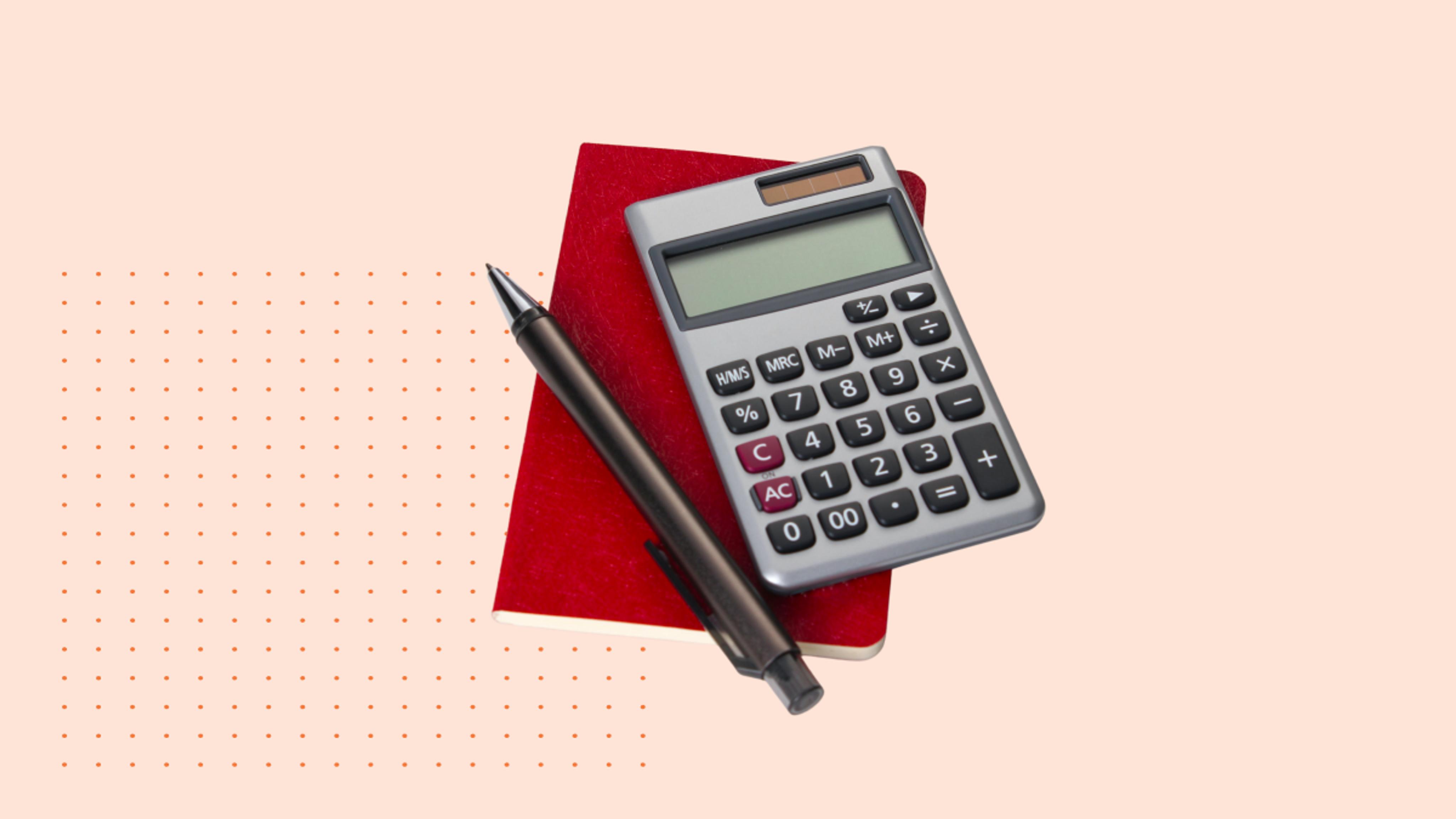What to Consider When it Comes to 404(c) & QDIA Compliance

In order to receive the benefits of ERISA §404(c), plan fiduciaries must comply with certain requirements. The following recommendations will help advisors and businesses evaluate their efforts.
1. Fiduciaries Should Not "Set It and Forget It" When it Comes to Target Date Funds (TDFs)
Fiduciaries should follow an objective process to evaluate TDFs, understand the TDFs’ investments and fees, and periodically review them. Key areas of focus and questions to consider include:
- Review the fund lineup to verify it includes a review of the funds included in the TDF and the individual managers that oversee the TDF. When considering a pre-packaged product offered by an investment firm that may also serve as the plan recordkeeper in bundled situations, examine whether the TDF comprises only proprietary funds of a single firm. Don’t fail to compare other available options without proprietary funds.
- “To” versus “through” matters. Off-the-shelf TDFs are not customized to particular plans' specific circumstances and characteristics. Decide whether the TDFs’ glide path of “to retirement” or “through retirement” is appropriate. Consider, for example, savers’ contribution and withdrawal patterns, the average retirement age, and the existence of other benefit programs, all of which can affect the investment time horizon for the TDF.
- Managing fees is important since they directly erode savers’ assets and can vary significantly. Pre-packaged TDFs may include bundled fees, including asset management fees for the various investment mandates. Bundled fees may be appropriate, but fiduciaries must understand the fee structure and components to accurately compare TDF products. If the expense ratios of the individual component funds are substantially less than the overall TDF, fiduciaries should ask what services and expenses make up the difference.
- If the TDF is not pre-packaged, make sure the TDF provider understands the other benefit plans offered by the employer, including traditional defined benefit plans, salary levels, turnover rates, contribution rates, and withdrawal patterns so that the employer and provider can together consider the impact of the TDF’s glide path and asset allocations on the employee population.
2. Advisors Can Develop Custom ETFs to Help Plans Meet Their Fiduciary Duties and Control the Risk Exposures and Fees for Savers, but Must Be Sure They Are Appropriate for the Plan
Some Questions to Consider:
- What asset classes does it include, and how does the glide path progress?
- Should the fund include alternative investments, and if so, what would be the appropriate investment allocation?
- What is the mix of active and passive management?
- What are reasonable fee levels?
- Do any pre-packaged TDFs satisfy the analysis?
- What is the best way to implement the custom TDF?
3. If You're Considering ESG Investments as Part of a Plan Lineup, Consider Competing Views
Selecting an ESG-themed investment option without regard to possibly different or competing views of savers or the returns of comparable non-ESG options would raise questions about the fiduciary’s compliance with ERISA. For example, selecting an ESG target date fund as a QDIA would not be prudent if the fund would provide a lower expected rate of return than available non-ESG alternative target date funds with similar degrees of risk.
4. For Plans That Include TDFs with a Lifetime Annuity Option, Make Sure the Fund Satisfies IRS Requirements in Order to Avoid Separate Nondiscrimination Tests
Most of those options are only offered to older employees, and they cannot include certain employer securities that are not readily tradable on an established securities market or other regulatory requirements.
5. Don't Blindly Recycle Last Year's QDIA Notice
If the plan provides default investment options for savers who fail to make affirmative selections, make sure savers receive a QDIA notice that complies with legal requirements. Participating employees must be given the notice 30 days before the effective date and each year. They should also be given the prospectus, any material relating to voting, tender, or similar rights provided to the plan, a fee disclosure statement, and information about the plan’s other investment alternatives. The investments comprising the QDIA should also be reviewed to make sure they satisfy DOL Reg § 2550.404c-5(e).
6. Check All Documents Thoroughly
Plan fiduciaries should check the plan’s investment policy statement, investment management agreement, investment guidelines, and related plan documentation to ensure that the plan permits any investment option.
7. Make Sure to Document the Evaluation of These and Other Appropriate Considerations and Keep It in a Centralized File
While you’re at it, calendar future review dates so that they don’t get overlooked. Some questions to ask:
- Has the fund’s strategy or management team changed significantly?
- Is the manager effectively carrying out the fund’s stated objective?
- Has the plan’s objectives changed, and should any funds in the lineup be changed?
- Review the fund’s prospectus and offering statement. Do the fiduciaries understand the strategies and risks? Do any TDFs continue to invest in volatile assets even after the target date, and if so, do the fiduciaries understand? Have they clearly communicated that to employees?
8. Revisit Employee Communications
Employees should understand their investment options, and communications should be written with a style and content appropriate for the workforce. If they do not understand a TDF’s glide path when they invest, for example, they may be surprised later if it is not a good fit for them. Consider surveying employees or a sample of them to make sure they understand.